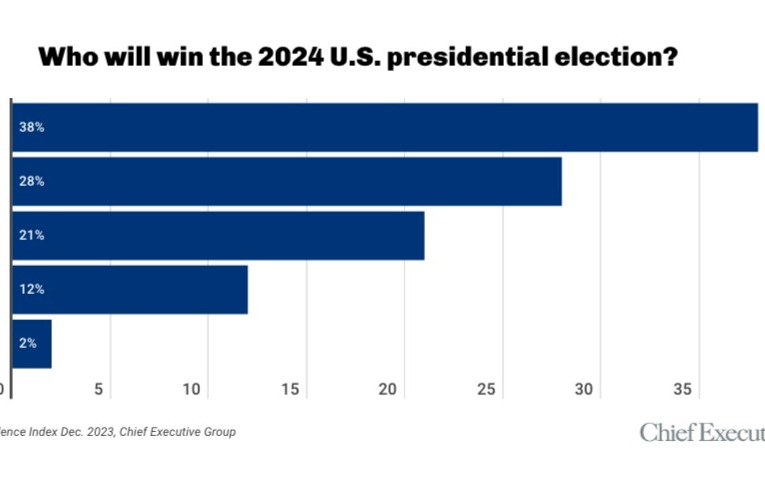Recently I took part in a two-day water conservation tour in the Rocky Mountains. It gave me a new appreciation of the wisdom of our forefathers who more than a hundred years ago had the insight and vision to make sure that water on the west coast was adequate and dispersed equally.
Fortunately for millions of people today there was an understanding that water was a shared resource that needed to be managed, controlled, and strategically distributed among a number of states. This visionary leadership not only realized the importance of the resource but also foresaw the challenges that would arise as populations grew, industries evolved, and the demand on water supplies increased.
The innovative solution to protect this vital natural resource prompted me to think how organizations need to do the same with their greatest natural resource—their human capital. Corporate leadership must constantly sustain and retain this resource so that is not depleted or burned out. CEOs need to find ways to look at and analyze this resource to uncover the hidden talents and alternative approaches to effectively irrigate the company crop.
Much like the streams and reservoirs in the mountains, employees are the lifeblood of an organization. They bring with them a reservoir of skills, knowledge, and potential that, if managed wisely, can propel the company to ever-greater success. However, just as water can be wasted or mismanaged, leading to droughts and ecological imbalances, employees too can be underutilized, or overwhelmed, if not given the right environment and support.
So what can we learn from the lessons of water conservation to help in the way we manage our people?
Collaboration
In May of 2023, the White House and seven Western states agreed to a framework for sharing the Colorado River’s water, a deal that impacts 40 million people who rely on the river for water and power.
Collaboration is equally important throughout a company’s divisions, otherwise there will be an innovation and productivity drought. Multiple perspectives lead to a diverse range of solutions. Collaborative teams can approach challenges from different angles, resulting in more comprehensive and groundbreaking solutions. Working collaboratively can also foster a sense of unity and belonging.
Recognition
Water is essential for life—and so is recognition. Human beings thrive when their accomplishments are acknowledge and praised. A pat on the back, especially in front of colleagues and higher management, boosts morale and reinforces positive behavior.
Instead of generic rewards, I suggest you offer personalized experiences based on the employee’s interests, such as a masterclass in a hobby they’re passionate about or tickets to their favorite band’s concert. Allow employees to nominate and recognize their peers. This not only promotes camaraderie but also ensures that recognition comes from those who understand the work best.
Sustainability
There’s never a guarantee that water will be plentiful, which makes it all the more essential to sustain the water we have. It’s the same with employees. Keep the good ones you have “topped up” with financial and other rewards. Don’t deplete their energy by thrusting an overwhelming workload onto them. The last thing you want to see is employee burnout.
Retaining top talent translates to consistent performance, lower turnover costs, and a positive organizational culture. Employees who have been with a company for a longer time often understand the nuances of its operations, allowing for faster decision-making and more efficient execution of tasks.
Flexibility
Water adapts to its environment. An organization that is flexible and adaptable, especially when it comes to employee desires, will generate a torrent of goodwill. Many employees now prioritize work-life balance and personal growth.
Companies that provide flexible working hours, remote work options or opportunities for continuous learning are often more attractive to top talent. Companies that can adapt to changes and reinvent themselves are more likely to stimulate growth and enjoy lasting success. Flexibility ensures that companies remain agile, resilient, and prepared for whatever the future may hold.
Sense of Purpose
The leaders who conceived and implemented water-sharing had a clearly-defined sense of purpose. Their mission was not to make a financial fortune but to find an equitable way to manage this vital resource. It was an honorable undertaking. Organizations that have a purpose that focuses on adding value to customers and the world will have engaged employees.
As I wrote in my book Culture Spark: 5 Steps to Ignite and Sustain Organizational Growth, “People want purpose. They are not merely driven by business results—though business results are essential. Purpose is what inspires people to do more than put in their hours. Purpose creates a shared rallying cry for your employees.”
Culture
A company’s culture is like an aquifer, the underground layers of water-bearing rock that store water. Unseen but vital. While a company culture is not visible on the surface it permeates through an organization and is a crucial reservoir of values and norms that shape behavior and performance.
Culture encompasses how we share information and communicate with one another, how we treat people, how we make decisions, the kinds of policies (or lack of policies) we have, and how we are structured. Culture changes, flows, and evolves. In fact, it needs to change, flow, and evolve.
Final thoughts
The essence of any organization isn’t its physical infrastructure or financial wherewithal—it’s the people. Just as civilizations have thrived or died based on their management of water, companies succeed or fail based on how they value, nurture, and manage their human capital. Recognizing the unparalleled value of this resource is the foundation of sustainable success.
Written by Jason Richmond.
Have you read?
Ranking: Richest Golfers in the World, 2023.
These Largest Cities Will Face Extreme Climate Change Threats.
These All-American Football Movies Inspired CEOs and Management Consultants The Most.
These Are Most Disliked Companies in America, 2023.
Report: Countries That Attract the Most International Migrants.
Add CEOWORLD magazine to your Google News feed.
Follow CEOWORLD magazine headlines on: Google News, LinkedIn, Twitter, and Facebook.
Thank you for supporting our journalism. Subscribe here.
For media queries, please contact: info@ceoworld.biz








































































